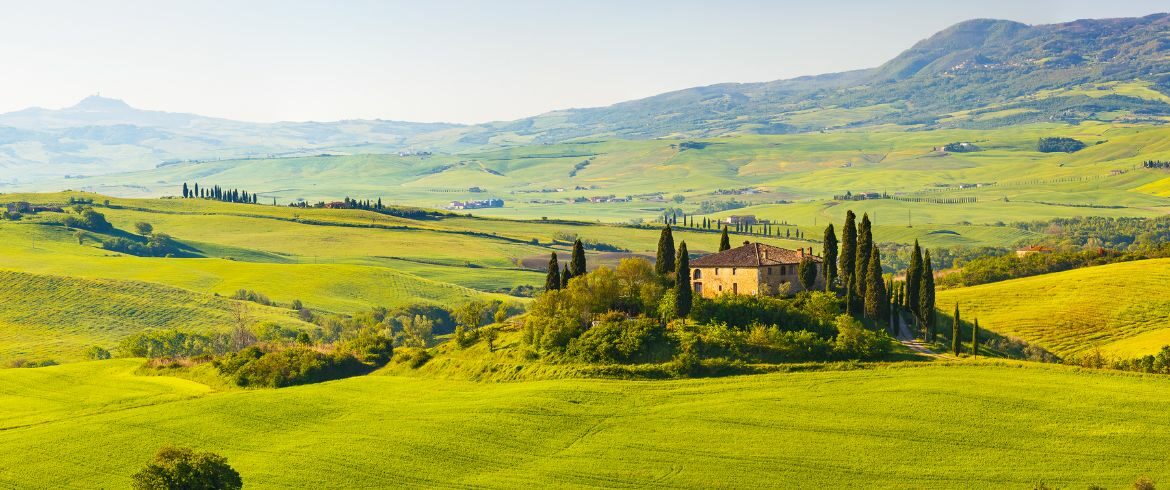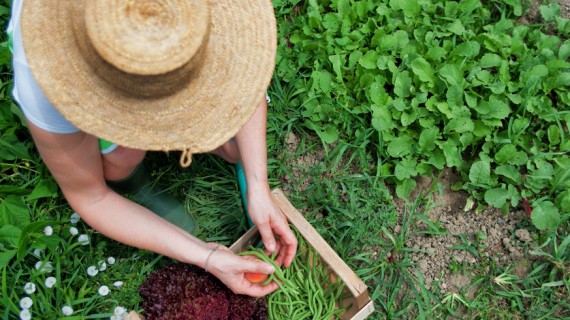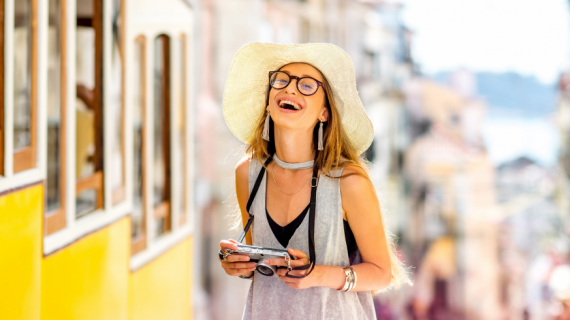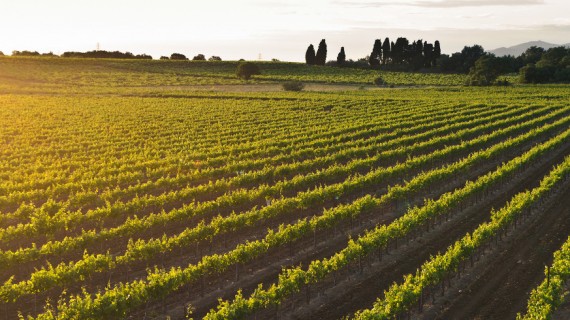Exploring the Deep Connection Between Happiness and Tourism: 3 Key Steps from Carlo Petrini
The tourism of the future? It starts with the local residents, their quality of life, their ability to be happy, and their care for the land they live on. Tourists will follow.
Carlin Petrini
There is a deep connection between happiness and tourism. This idea comes from Carlo Petrini, founder of Slow Food and, according to The Guardian, one of the 50 people who can change the future of our country.
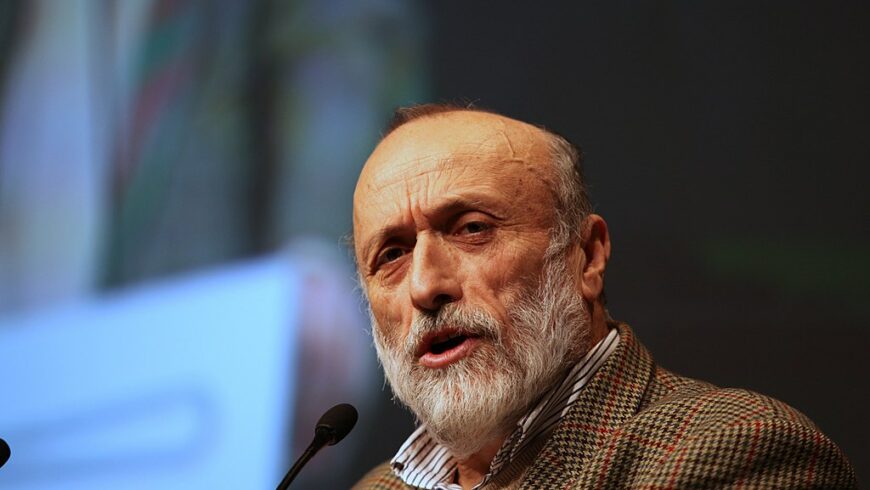
I met him during an interesting conference at BTO Florence, where the theme is precisely this: tourism and happiness. His speech is mainly directed at those seeking ways to promote their territories from a tourism perspective. Often, people ask: How do we attract new tourists? What strategies should be implemented to make a region more appealing? Carlin Petrini’s answer is as simple as it is brilliant. To institutions wanting to invest in tourism, he recommends investing in the happiness of their residents.
Cities, towns, small villages, alpine valleys, and rural areas succeed in tourism if their residents are happy, if social bonds are maintained and strengthened, and if the land is cared for the benefit of those who live there. “Losing a tavern is like damaging a monument. Losing a small shop to open a supermarket means taking away the smell of bread, an essential human and social dimension that tourists also love,” says Carlo Petrini, further explaining this idea of happiness for the inhabitants of a place.
How to Invest in the Happiness of Places? The path to well-being, beauty, and social connectedness, which also promotes tourism, is a three-step process, according to the Slow Food founder.
1. Returning to the Land
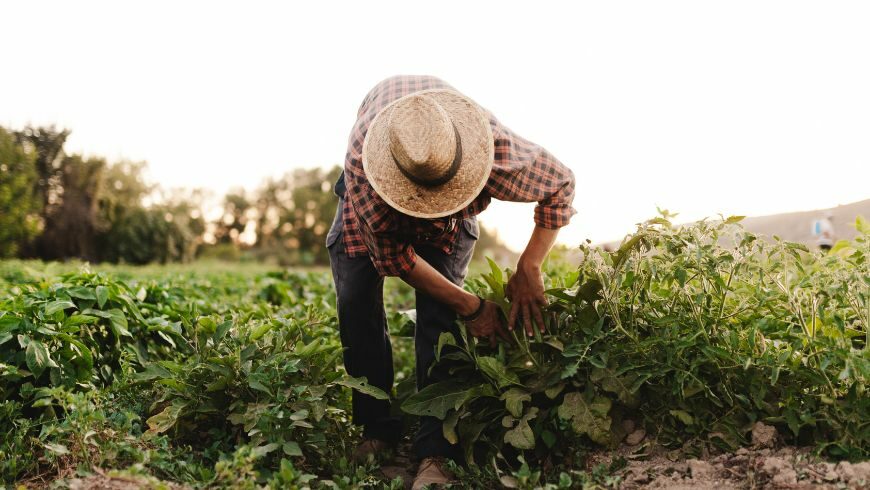
Italy was once a country of farmers: 50% of its population worked in agriculture, but today it’s less than 3%, and most are over 60 years old. Returning to the land is a possible paradigm: there are young people, often educated and entrepreneurial, who decide to go back to farming.
While teaching at the University of Siena, Petrini asked 400 students in the room how many wanted to become farmers, and only two raised their hands. But when he asked the same question during a Lection Magistralis at the prestigious Harvard University, over 40 out of 600 students expressed interest in becoming farmers.
The paradigm is shifting. Today, the modern farmer has a direct relationship with consumers, organizes markets, uses the web and new technologies, and fosters social cohesion.
2. Investing in the Happiness of Places
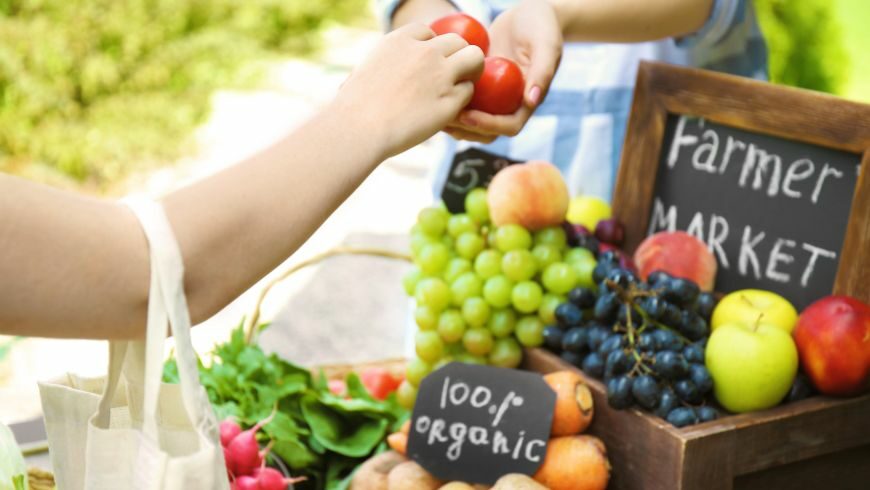
We must all become part of the change: buying from farmers’ markets and favoring the local economy over the globalized one. This is a principle of social connectedness.
Investing in the happiness of those who live in a place is the most important thing tourism can and should do today. There are 12,000 farmers’ markets in the United States. These markets are fascinating spaces, places for social gatherings, cultural exchange, and social cohesion.
3. Focusing on a Gastronomy Rooted in the Territory
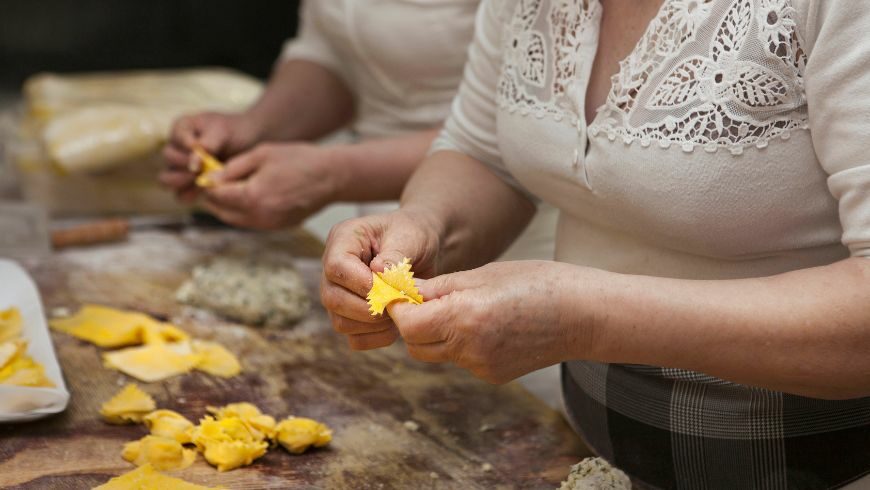
Gastronomy is not just about star chefs and cooking shows on TV. It is a complex science that includes agriculture, biology, animal husbandry, economics, history, and knowledge of the landscape. Gastronomy is a valuable tool for understanding a region and promoting tourism.
A great chef is not enough. To make a region gastronomically appealing, strong connections are needed between restaurants and the network of farmers, fishermen, breeders, and food artisans. Good markets and excellent taverns are essential. Preserving and promoting the link with traditions is crucial.
The Economy of Happiness
Is there a relationship between happiness, wealth, and beauty? Petrini returns to talking about farmers’ markets, so widespread and loved in the United States: colorful places, rich in aromas and beauty. Farmers’ markets seem capable of restoring a more human and beautiful dimension even in the ugliest and most degraded areas.
The economy of happiness is the same one that can promote sustainable tourism. By improving the well-being and beauty of places, along with the happiness of the people living there, tourists will naturally follow.
By returning to the land, strengthening small-scale economies, encouraging local production, farmers’ markets, and the food and wine culture of a region, these places will become more beautiful, prosperous, and pleasant to live in — for both residents and tourists alike.
Cover image: photo via Canva PRO
